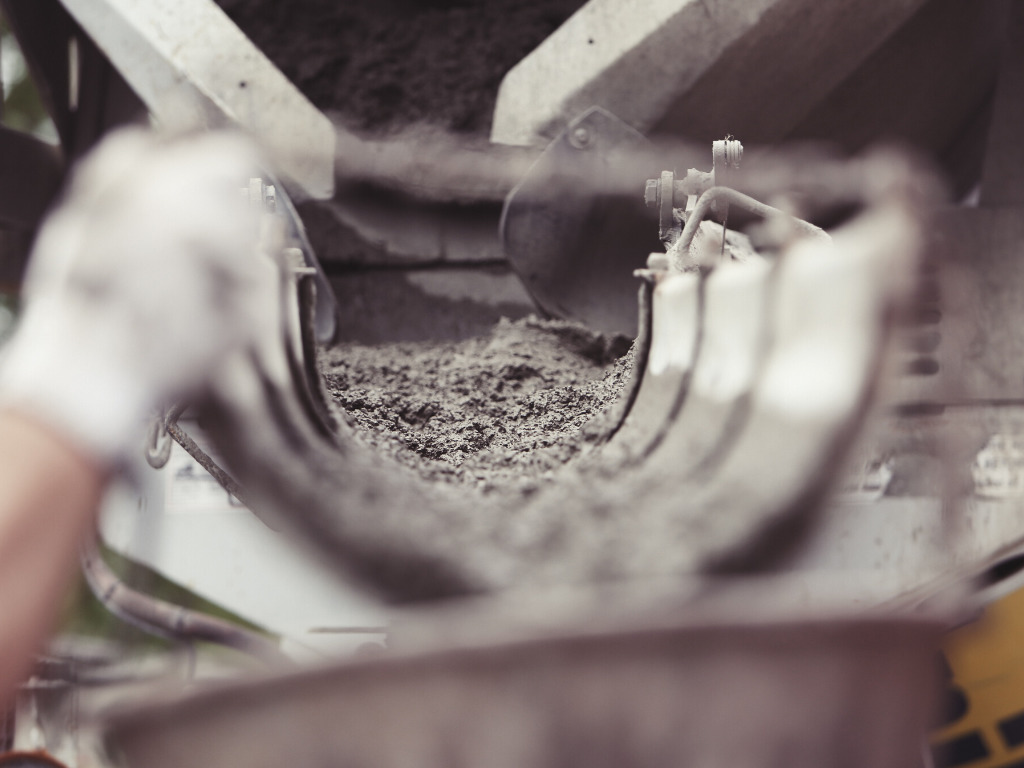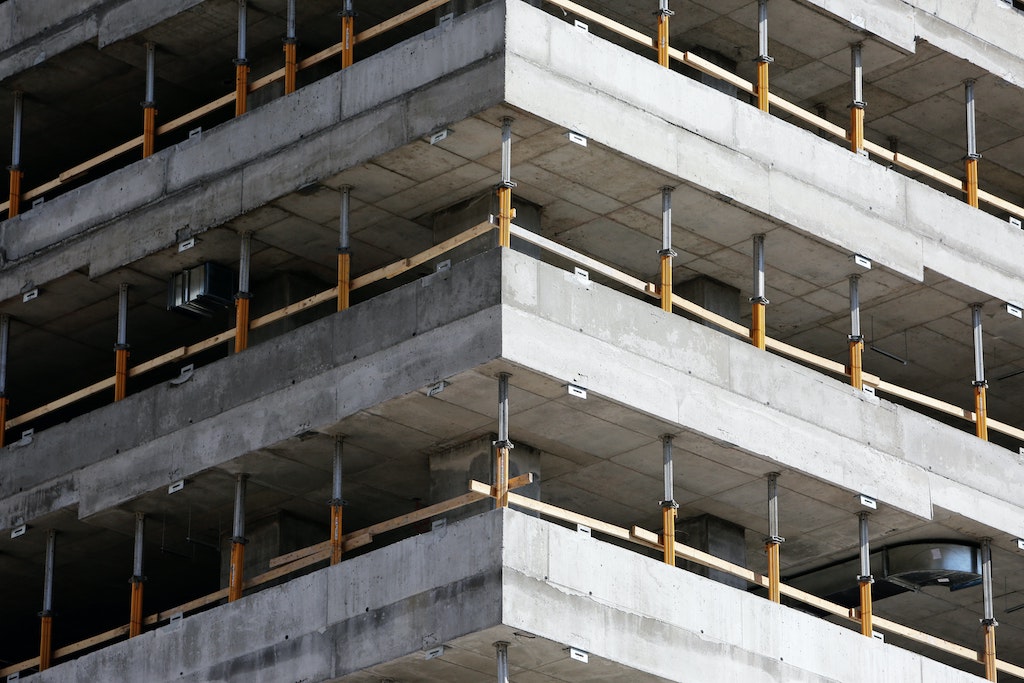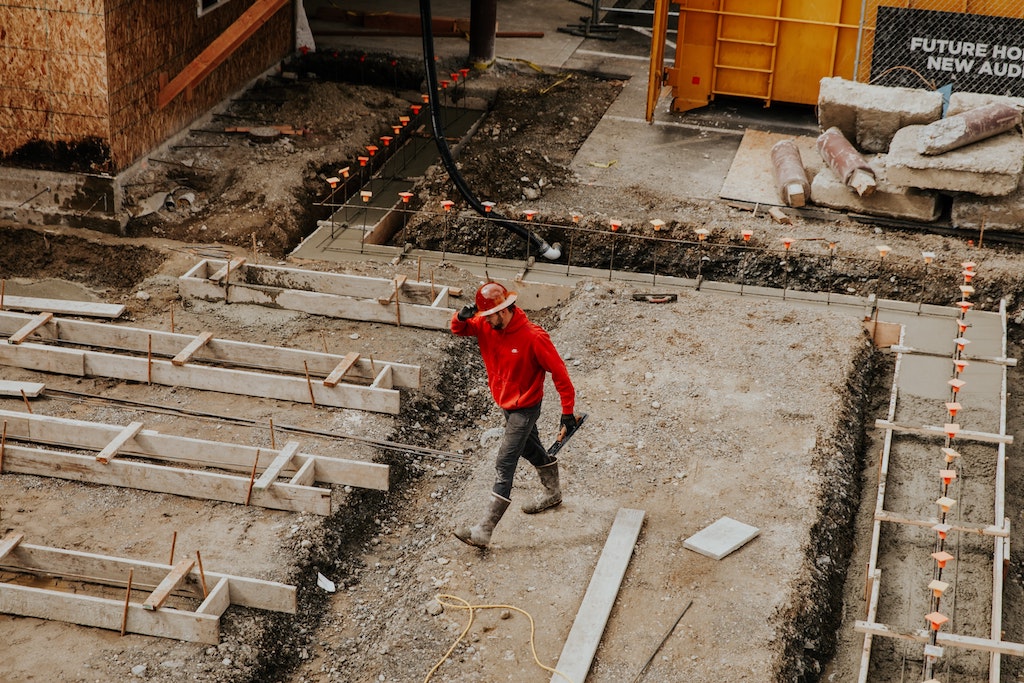
The cement industry is a leading contributor to climate change, accounting for at least eight percent of annual greenhouse gas emissions. A new algae limestone could help the industry become carbon neutral.
The cement industry has doubled its CO2 emissions in the last two decades from 1.4 billion tons of carbon dioxide to nearly 2.9 billion tons. It nets out to about 1,370 pounds of CO2 for every metric ton of cement manufactured.
Cement emissions
Cement’s emissions rates have increased faster than most other carbon sources, according to experts. But while cement produces nearly four times the emissions of the aviation industry, it’s rarely called out for its impact or the focus of remediation efforts and funding.
If we’re to hit climate targets, experts say the cement industry will need to decrease its annual emissions output by at least 16 percent before 2030.

There are efforts underway; in 2021, California became the first U.S. state to mandate cement industry emissions reductions. It’s requiring 40 percent cuts from 2019 levels per ton of cement produced by 2035. New York is now also requiring the industry to set an emissions standard for cement used in public works. Earlier this spring, more than 50 leading corporations including Google, Microsoft, and Salesforce pledged to source low-carbon construction materials including cement, steel, and aluminum.
And a long-term viable solution might not be far off; a research team out of Colorado University at Boulder, say they have figured out how to make cement carbon neutral and even carbon negative through the use of microalgae.
Microalgae cement
“This is a really exciting moment for our team,” Wil Srubar, lead principal investigator on the project and associate professor in Civil, Environmental and Architectural Engineering and CU Boulder’s Materials Science and Engineering Program, said in a statement. “For the industry, now is the time to solve this very wicked problem. We believe that we have one of the best solutions, if not the best solution, for the cement and concrete industry to address its carbon problem.”

The team has received a $3.2 million grant from the U.S. Department of Energy’s (DOE) Advanced Research Projects Agency – Energy (ARPA-E), and was recently selected by the HESTIA program (Harnessing Emissions into Structures Taking Inputs from the Atmosphere) to develop and scale up the limestone.
Concrete is made with portland cement—which requires limestone, most often extracted from quarries and burned at high temperatures. That releases high levels of carbon dioxide into the atmosphere. But the researchers say they’ve found a viable alternative with biologically grown limestone produced by some species of calcareous microalgae complete through photosynthesis. The result is growth like coral reefs, and because it captures CO2 from the atmosphere, it’s a carbon neutral alternative to limestone.
According to the team, what they’re producing with just sunlight, seawater, and dissolved carbon dioxide, the microalgae sequester the CO2 while producing a limestone identical to what’s already being used, except one takes a few million years to produce, the other can happen in real-time.
“On the surface, [the microalgae] create these very intricate, beautiful calcium carbonate shells. It’s basically an armor of limestone that surrounds the cells,” said Srubar.
‘A New York City every month’
“If all cement-based construction around the world was replaced with biogenic limestone cement, each year, a whopping 2 gigatons of carbon dioxide would no longer be pumped into the atmosphere and more than 250 million additional tons of carbon dioxide would be pulled out of the atmosphere and stored in these materials,” the researchers say.

Time is of the essence. Global construction is happening at a rapid pace. According to the researchers, we’re building “a New York City every month for the next 40 years.”
“We make more concrete than any other material on the planet, and that means it touches everybody’s life,” said Srubar. “It’s really important for us to remember that this material must be affordable and easy to produce, and the benefits must be shared on a global scale.”
And because the new microalgae cement is so accessible, the research team says this shift to a sustainable alternative could happen “overnight.”
“We see a world in which using concrete as we know it is a mechanism to heal the planet,” said Srubar. “We have the tools and the technology to do this today.”
The post Concrete Is Worse for the Climate Than Flying. Algae Cement Could Change That. appeared first on Green Queen.
This post was originally published on Green Queen.